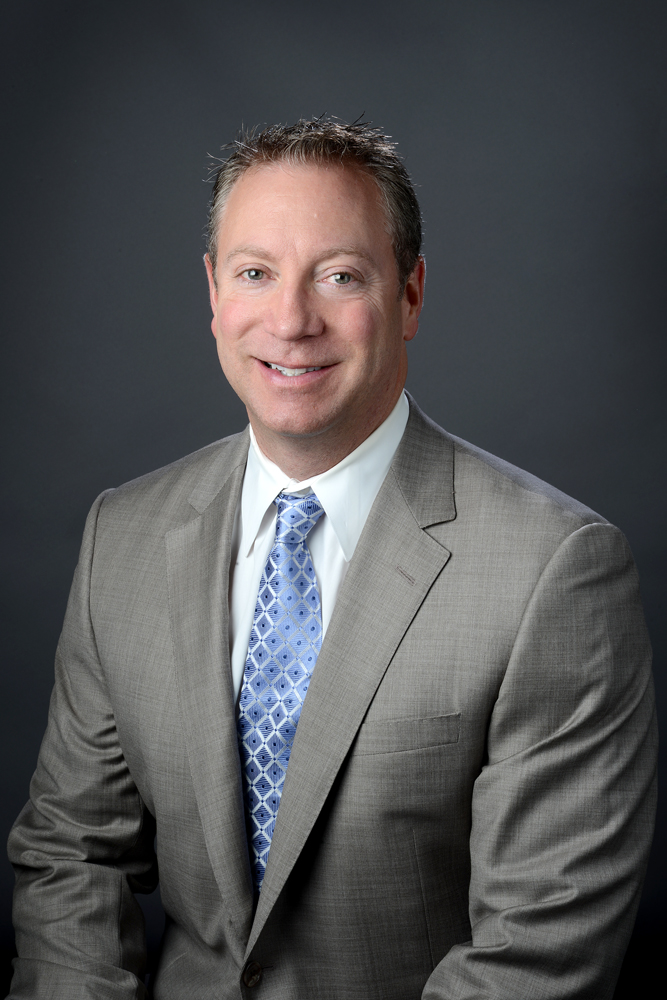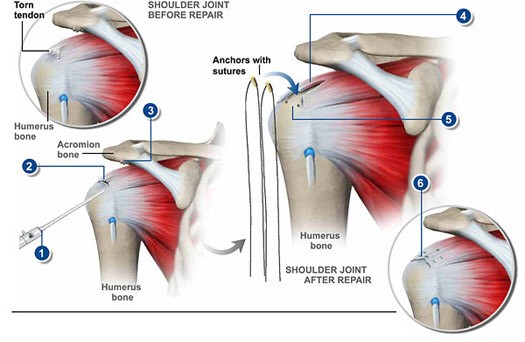 Dr. McGarry Talks Rotator Cuff Repairs
Dr. McGarry Talks Rotator Cuff Repairs
Rotator Cuff Tears and When They Should Be Repaired
The Rotator Cuff Explained
Dr. McGarry talks Rotator Cuff Repairs and what to expect. The rotator cuff of the shoulder is a group of four muscles (subscapularis, supraspinatus, infraspinatus and teres minor) which stabilize the ball and socket joint.
That basically means that the rotator cuff keeps the humeral head (Ball) in the center of the glenoid (socket) at all times throughout range of motion.
These are very small muscles which function without our even being aware of them. The large muscles which move the shoulder include the deltoids, pectoralis, latissimus dorsi, trapezius and a few smaller muscles.
The rotator cuff and larger muscles work together in a healthy shoulder.

When a Rotator Cuff is Torn or Injured
When a rotator cuff is injured or tears, the shoulder may begin having pain and weakness. In very large full thickness tears the shoulder may be rendered useless which is referred to as pseudo paralysis because it may mimic a nerve injury.
Small rotator cuff tears that are not completely torn through the entire tendon may be treated conservatively with physical therapy, NSAIDs, or steroid injections or a combination of these modalities.
If these partially torn tendons do not respond well to therapy and steroid injection then surgery may be necessary. When the rotator cuff tendon or tendons are completely torn off the bone then it is usually recommended to repair the tear.

Why You Should Repair a Full Thickness Tear
As soon as a Rotator cuff tendon becomes detached or torn from its insertion on the humeral head a cascade of events occur that causes the muscle to atrophy and the process of fatty infiltration begins.
When the muscle reaches a certain amount of fatty infiltration it passes the point of no return and can’t be repaired because it will no longer function. That is one of the main reasons we try to repair full thickness tears relatively soon after diagnosis. Most full thickness tears are also accompanied by pain and weakness.
An MRI of the shoulder is the way we assess the amount of fatty infiltration, tendon quality, size of tear, and the amount of retraction. This allows an orthopedic surgeon to plan the operation.
How is a Torn Rotator Cuff Repaired?
Rotator cuff tears can be repaired using open or arthroscopic techniques. Open techniques have been around for a long time but have some limitations.
Arthroscopic techniques allow a much better visualization of the entire shoulder. In my experience, the subscapularis tendon which is in the front of the shoulder is torn in about 10-20% of all rotator cuff injuries.
An open technique may miss a subscapularis tear because it can’t be well visualized from the incision whereas an arthroscopic technique gives complete access to all tendons and structures in the shoulder which allows us to repair all torn tendons.
John E. McGarry, M.D.
